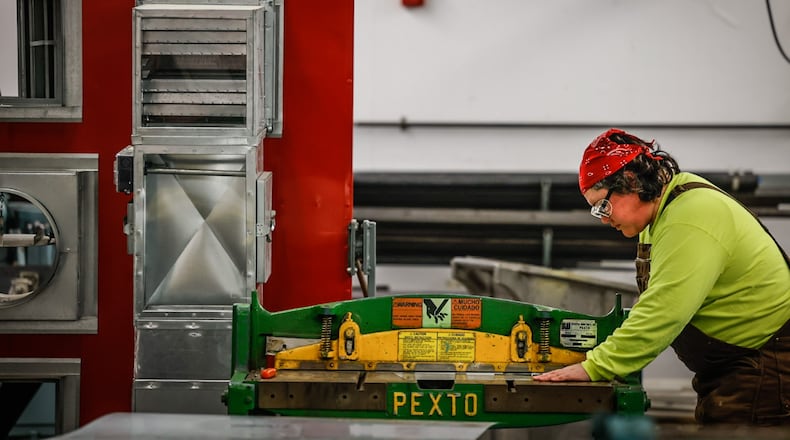Sunday, Nov. 20 was the last day of the 8th Annual National Apprenticeship Week (NAW). Hear from three perspectives on the importance of apprenticeship programs for the future of Ohio’s economy.
Apprenticeships provide pathway for transforming talent
Jon Husted: “In Ohio, we are fighting for and winning some of the largest economic development projects in the world, like Honda and Intel. The rust belt days are gone, and these companies are going to need skilled IT and high-tech manufacturing talent. And building these new facilities is creating a demand in the construction trades, unlike anything Ohio has seen in recent memory.”
Work-based training a part of Blueprint for Ohio’s Economic Future
Steve Stivers: “The Business Education Network (BEN), a taskforce comprised of business leaders that focuses on preschool through 12th grade education policy, programs and research will help expand education and job training. The U.S. Chamber’s BEN has seen great success; the Ohio Chamber plans to support and lead its own. In addition, the Blueprint encourages employer-led work-based training, as well as the continued education and upskilling of midcareer workers.”
Apprenticeships address “exposure gap” for students
Bryan Stewart: “What many people mistakenly label as a “talent gap” is actually an “exposure gap.” Research consistently shows there’s an enormous disconnect between exposure and skills. This exposure gap directly translates into fewer students venturing into in-demand careers. This is an opportunity to explore how we highlight careers to students and how we bolster work-based learning like internships and apprenticeships that help us attack that exposure gap and strengthen our local talent pipeline.”
